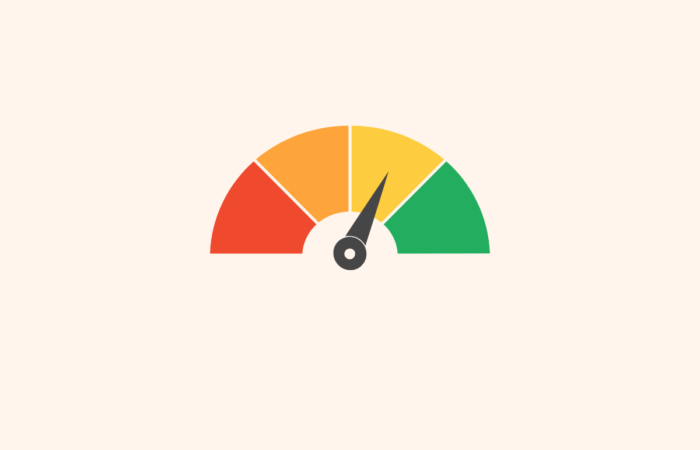
Offre limitée
👋
Inscrivez-vous et recevez le code de réduction 10%
CCTV stands for “closed circuit television” and is a type of camera system that is used to monitor a specific area. These cameras are usually connected to a recording device.
Closed Circuit Television (CCTV) refers to a system of cameras designed to monitor and record activities within designated areas. CCTV signals are sent privately to specific receivers. The system can comprise a single camera and monitor or involve multiple cameras feeding into multiple monitors or recording devices.
CCTV, or Closed Circuit Television, operates as a security system that continuously monitors and records activities. At its core, it consists of cameras connected to a monitoring system. These cameras capture images using lenses and sensors, then transmit the data to a recording device, either through physical cables or wireless connections.
Key Components of a CCTV System:
The process of data handling has evolved to sometimes include sophisticated Video Management Software (VMS) that aids in analyzing visual data. These systems often employ machine learning algorithms for features like motion detection and facial recognition.
Analog systems transmit video signals in a continuous stream, often using BNC connectors and coaxial cables. They tend to be more economical and straightforward, although they typically offer lower resolution. Notably, while traditional analog systems don’t transmit audio signals, analog HD options now allow for better resolution, achieving up to 1080 pixels, and are compatible with older equipment.
Digital systems convert visual data to digital signals directly at the camera. Unlike analog systems, they store these images directly onto computers, eliminating the need for a video capture card. However, digital systems require significant storage space, leading to the use of compression techniques to manage data volume efficiently.
These systems bring the flexibility of the internet into the CCTV framework. Using either analog or digital cameras, network systems stream video footage online via video servers. This approach offers several benefits, including higher resolution, potential audio integration, and remote access through WiFi. Additionally, IP systems often support Distributed Artificial Intelligence (DAI) for advanced image analysis and Power Over Ethernet (POE) for simplified power management.
Understanding the distinctions between these systems helps inform decisions based on specific security needs and budget considerations. Analog systems might suffice for basic, cost-effective surveillance, while digital and network systems offer enhanced features suitable for more comprehensive security setups. Ultimately, the choice depends on the desired balance between cost, complexity, and capability.
CCTV networks are monitored using advanced network monitoring software that ensures systems are operational around the clock. These programs are crucial for surveillance as they offer:
These systems can be tailored to meet specific needs and risks, whether they are for medical facilities, retail environments, or other sectors that require distinct security measures.
Professional oversight of CCTV networks is not merely a technical necessity; it’s fundamental for several critical reasons:
In sum, the professional monitoring of CCTV networks is a linchpin in maintaining robust security, ensuring regulatory adherence, and managing data effectively. Without it, organizations risk non-compliance, data breaches, and inefficiencies in security operations.